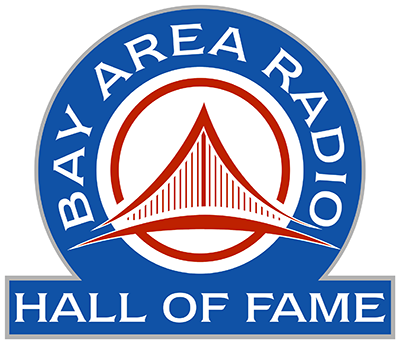Stanford University’s campus station issued its first broadcast on October 12, 1964. Its 10 watt signal covered a reported radius of seven miles, meaning portions of the sprawling Stanford campus may not have been able to hear the signal.
Prior to launching the FM station, Stanford students had been transmitting KZSU programming since 1947 over an unlicensed “carrier current” system that utilized electrical power lines.
At its inception, KZSU had a network of remote pickup lines to Stanford campus locations, allowing the station to offer remote broadcasts of speeches, musical performances, and Sunday services at Stanford’s Memorial Church.
In 1966, another chapter in the long-running rivalry between Stanford and the University of California, Berkeley was written. Cal officials applied to the Federal Communications Commission for the same 90.1 FM frequency on which KZSU was broadcasting, arguing that the low-power nature of both stations would preclude interference. Stanford engineering students produced evidence to the contrary and Cal’s KALX would win up at 90.7 on the dial.
The freeform musical format is augmented by broadcasts of many Stanford athletic teams.
KZSU would eventually move its transmitter site to the hills near the massive radio antenna known as “The Dish”. With power boosted to 500 watts, the station’s signal could be heard across the lower Peninsula and parts of the Santa Clara Valley.
Since the 1990s, KZSU has broadcast an annual program called “Day of Noise”, a 24-hour-long stretch of live experimental and improvisational audio.
Generations of KZSU student broadcasters got to know broadcast engineer Mark Lawrence, who arrived at the station as a freshman volunteer and stuck around for more than fifty years.

